Understanding directions Worksheets for Ages 6-9
13 filtered results
-
From - To
Welcome to our "Understanding Directions Worksheets" designed for ages 6-9! These engaging worksheets help young learners develop essential listening and comprehension skills by practicing how to follow directions. Each activity encourages critical thinking and enhances language development through interactive tasks that cater to various learning styles. Ideal for classrooms or at-home learning, our worksheets feature fun illustrations and age-appropriate challenges to keep children motivated. Whether it's navigating mazes or completing step-by-step instructions, your child will boost their confidence and abilities in understanding directions. Explore our collection today and set the foundation for lifelong learning skills!


Going up or Down? Worksheet


Amusement Park Word Problems Worksheet
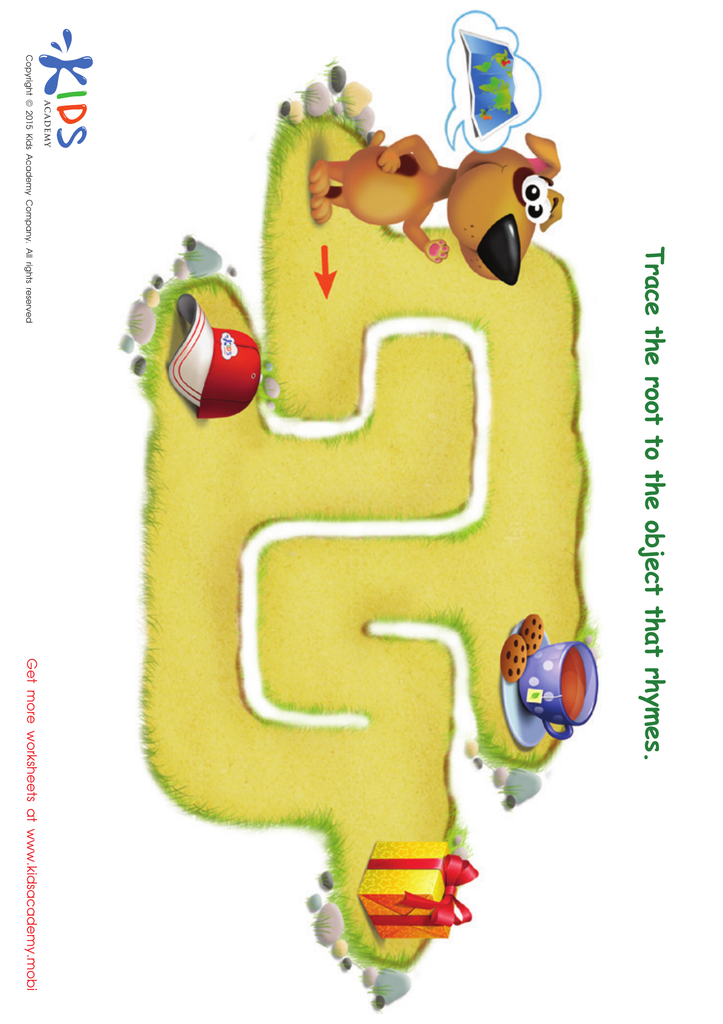

Map Rhyming Words Worksheet
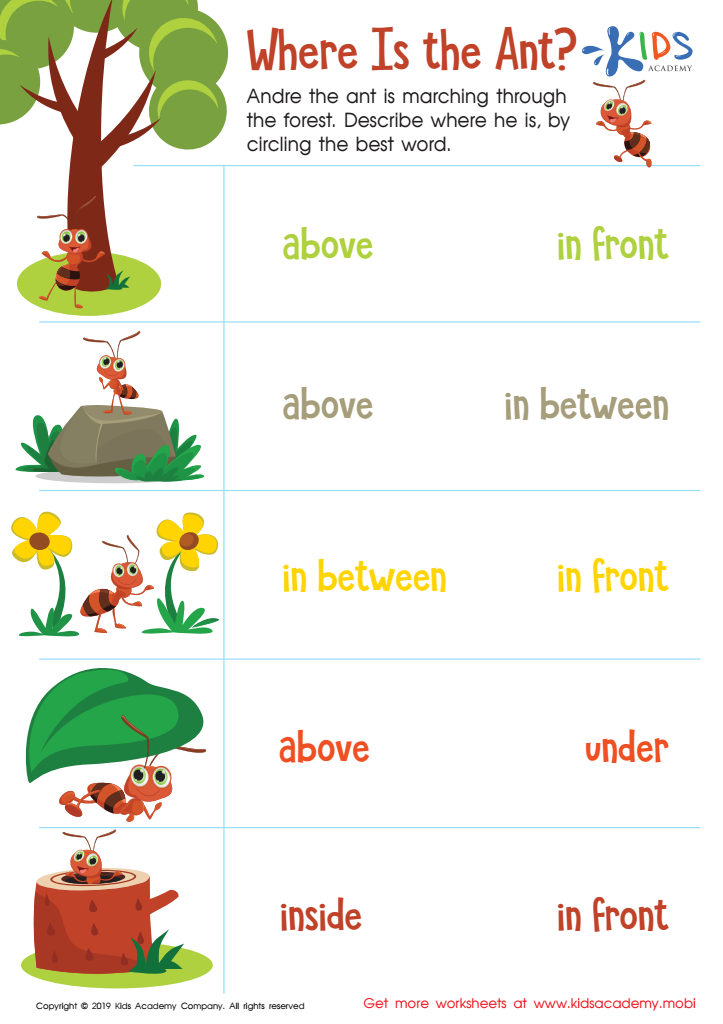

Where Is the Ant? Worksheet
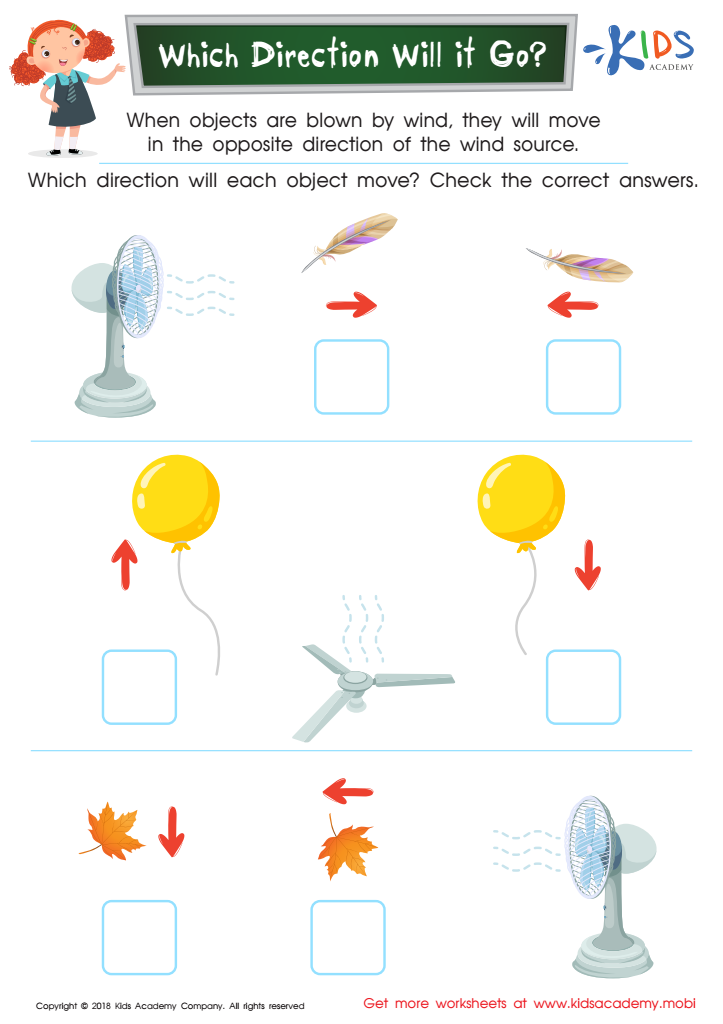

Which Direction Will it Go? Worksheet
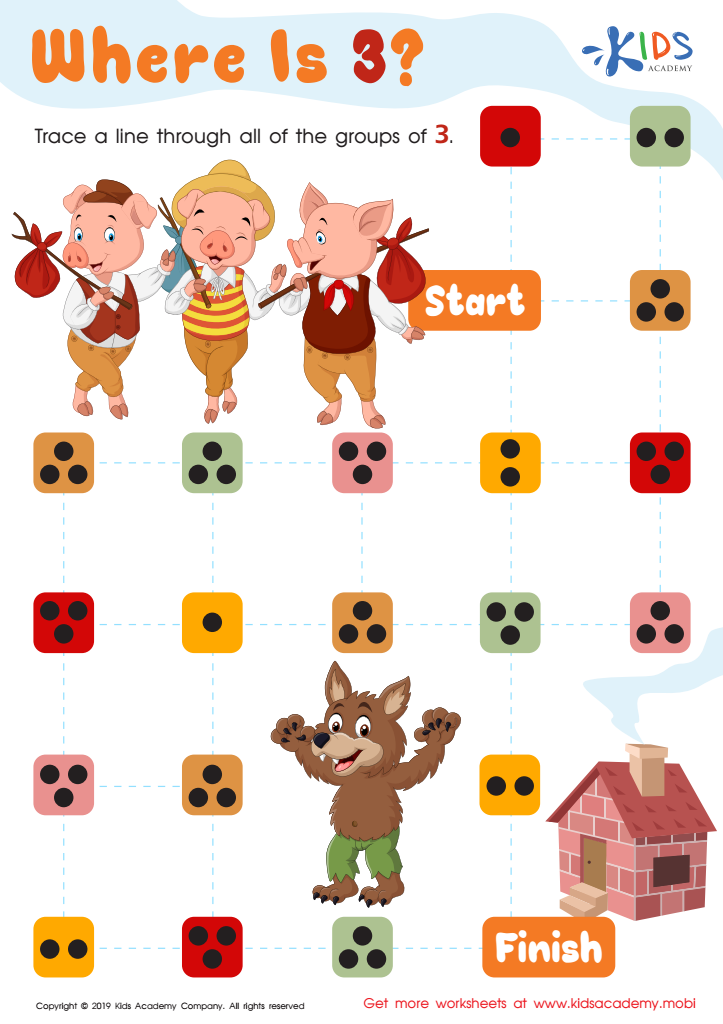

Where Is 3? Worksheet
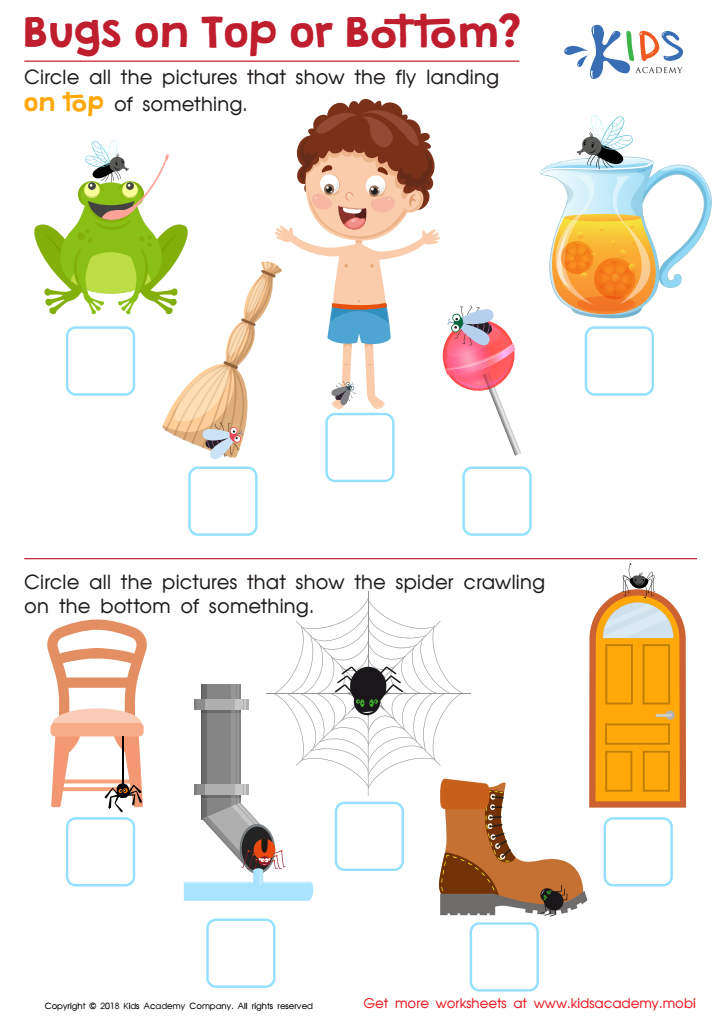

Bugs on Top or Bottom? Worksheet
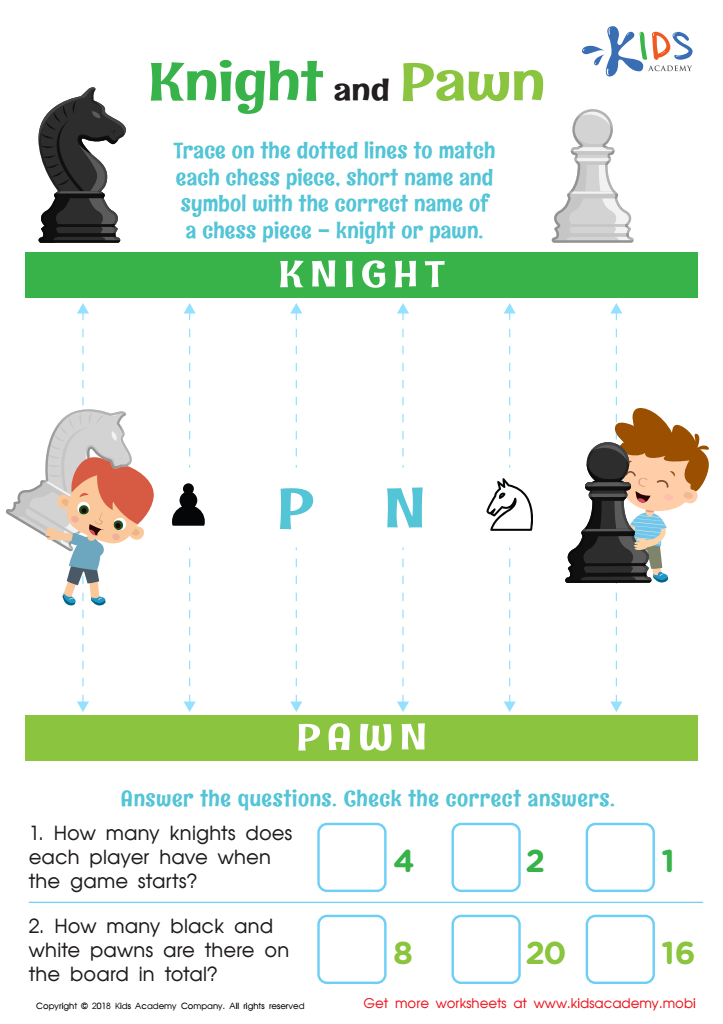

Knight and Pawn Worksheet
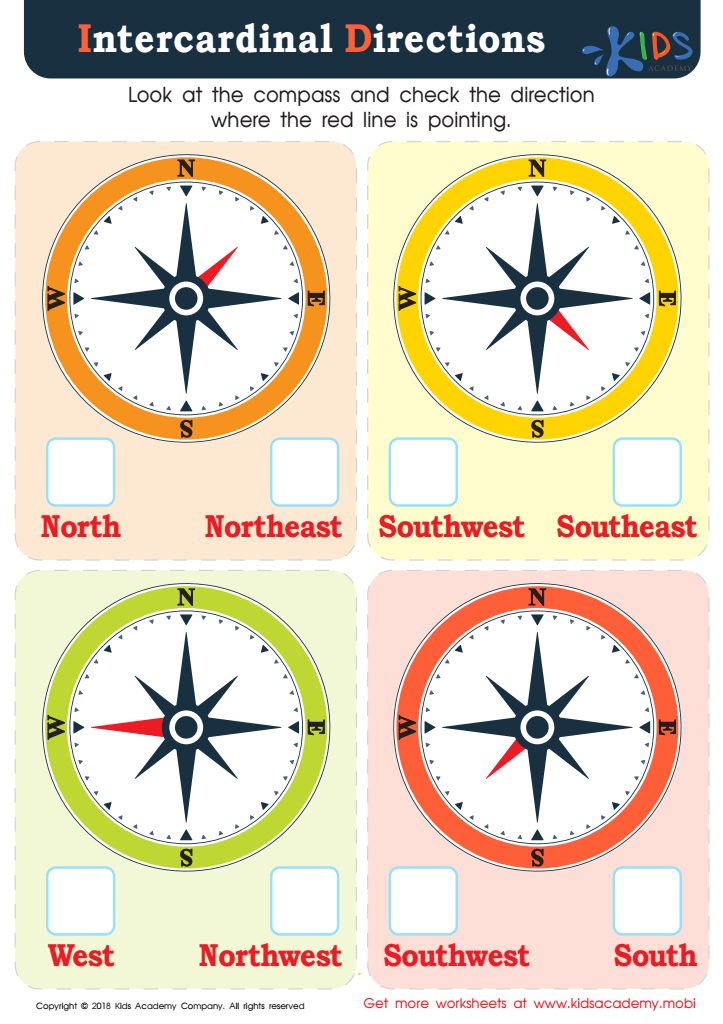

Intercardinal Directions Worksheet
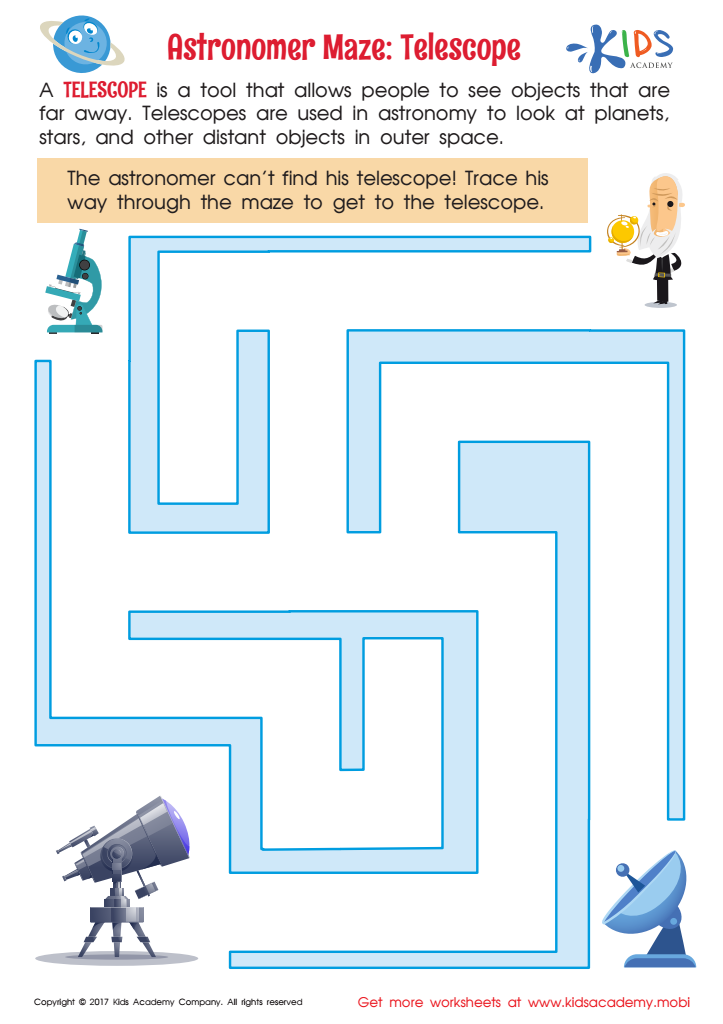

Astronomer Maze: Telescope Worksheet
Understanding directions is a critical skill for children aged 6 to 9, and both parents and teachers play a vital role in nurturing this ability. This age group is typically in the early stages of developing their cognitive and social skills, making it essential for them to comprehend and follow verbal and written instructions. Mastering this skill shapes their ability to navigate tasks, whether it's completing homework assignments, participating in group activities, or adhering to classroom rules.
When children understand directions, they build confidence, enhancing their independence and problem-solving skills. This competence contributes to a positive learning environment where children feel empowered to take initiative and make decisions. Moreover, varied directives in daily tasks foster critical thinking and listening skills, essential components of literacy and communication.
By prioritizing the teaching of direction-following, parents and teachers can not only boost academic success but also encourage social-emotional development. Children learn to cooperate, share, and respect authority when they can follow directions effectively. Therefore, investing in understanding directions ensures children are well-prepared for future challenges, both inside and outside the classroom, promoting lifelong skills essential for their growth and development.
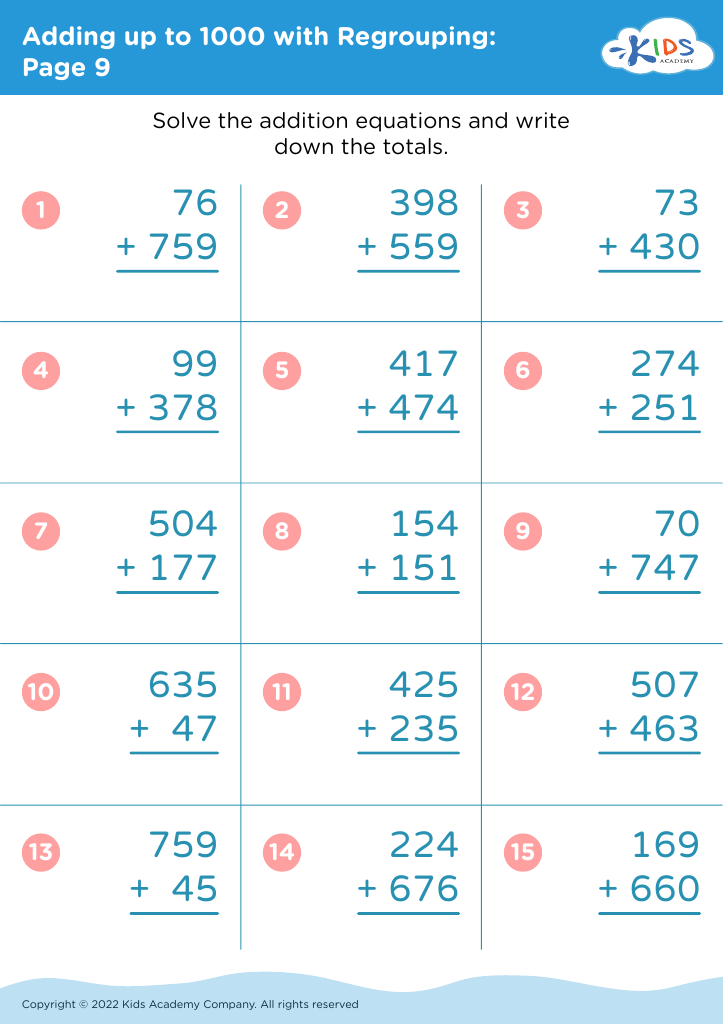
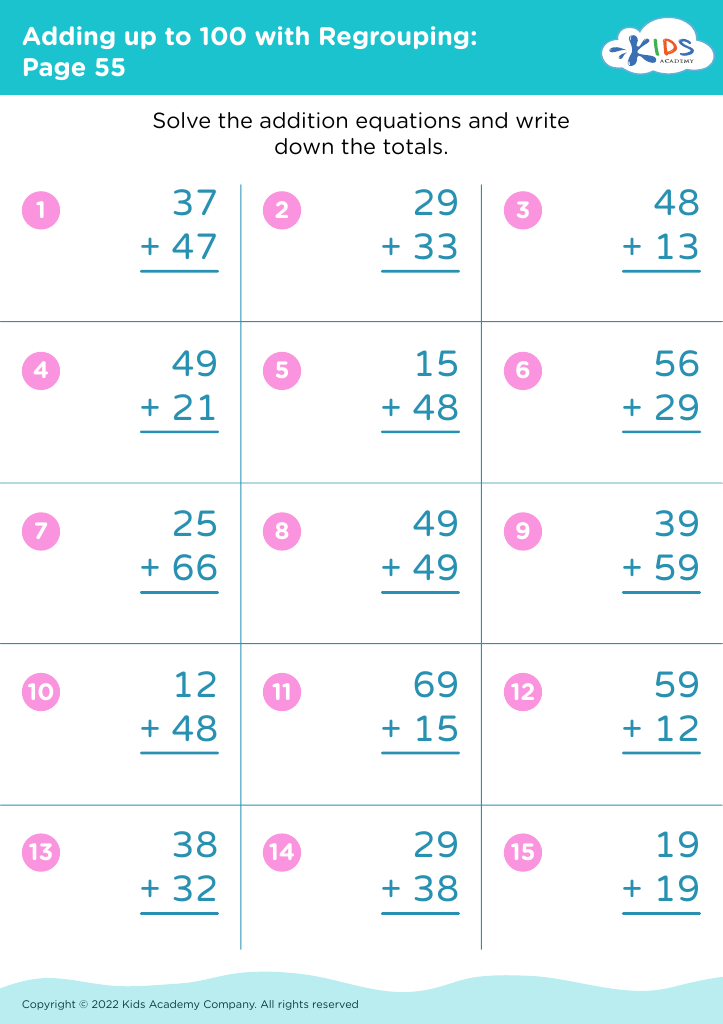
 Assign to My Students
Assign to My Students

















